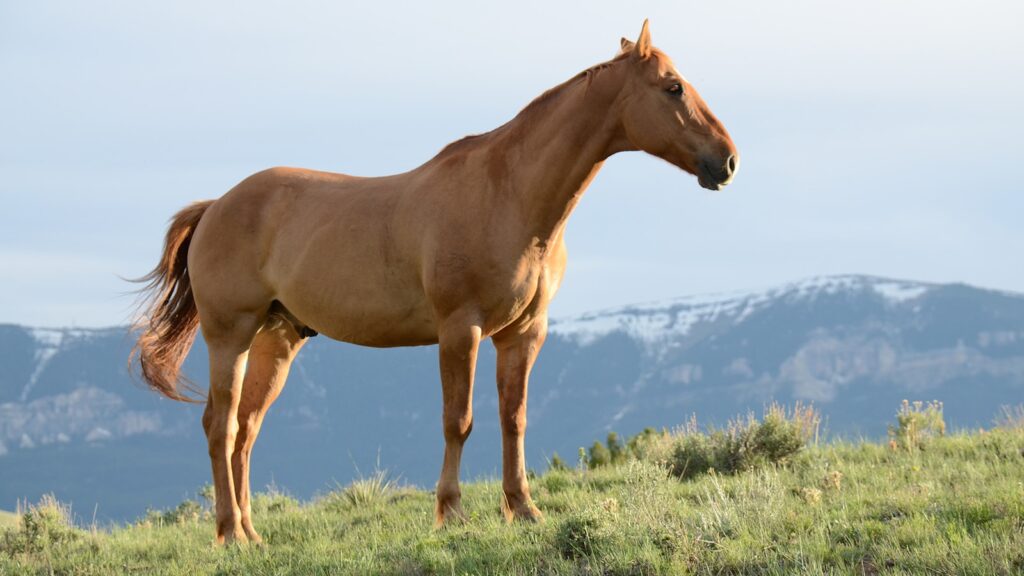Separation anxiety in horses manifests as a distressed response when they’re separated from familiar companions, whether equine or human. This natural herd behavior can become problematic when excessive, leading to dangerous behaviors, health issues, and diminished quality of life. As responsible caretakers, understanding and addressing equine separation anxiety is crucial. This article explores effective strategies to help your horse overcome this challenging condition, offering practical approaches that respect their innate social needs while developing healthier independence. With patience and consistent training, most horses can learn to manage their anxiety and enjoy a more balanced emotional life.
Understanding Equine Separation Anxiety
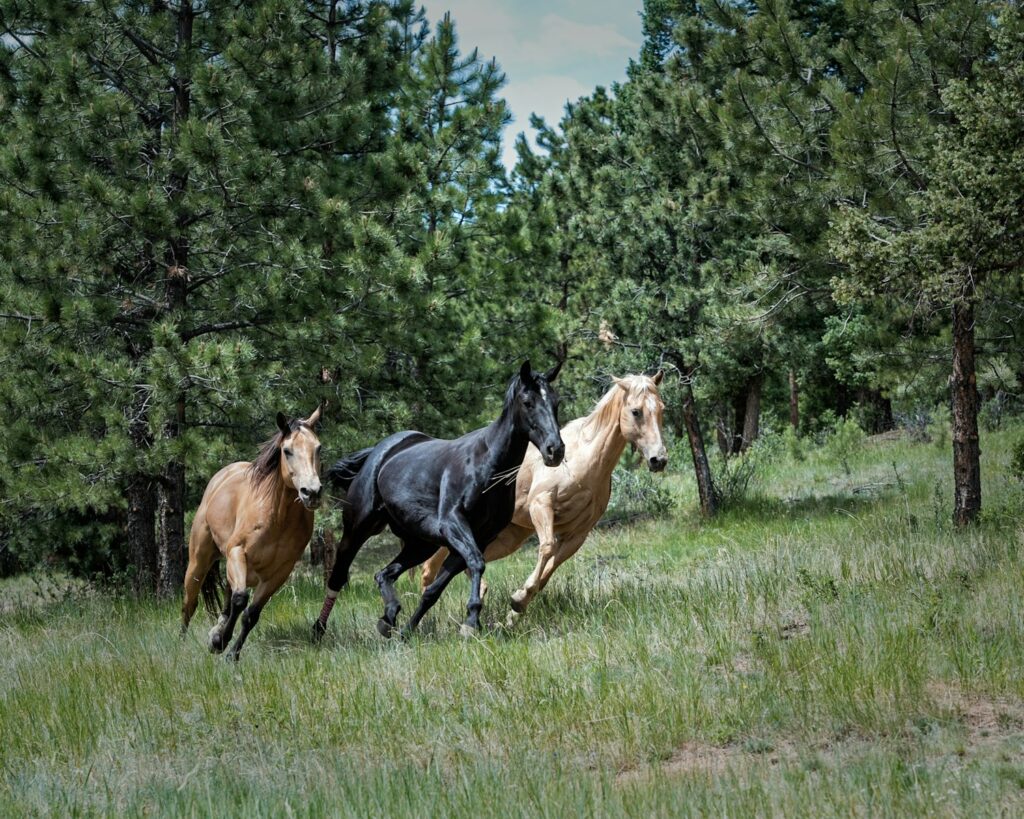
Horses are inherently social herd animals that have evolved to rely on companions for safety and emotional security. When separated from their herd or bonded companions, horses often experience genuine distress that manifests as anxiety. This natural response stems from their evolutionary history where isolation from the herd meant vulnerability to predators and drastically reduced survival chances. The severity of separation anxiety varies widely between individuals, with some horses showing mild concern while others exhibit extreme panic behaviors that can be dangerous to themselves and handlers. Understanding that this reaction isn’t stubbornness or bad behavior, but rather a deeply ingrained survival mechanism, is the first step toward compassionate and effective management.
Recognizing the Signs of Separation Anxiety
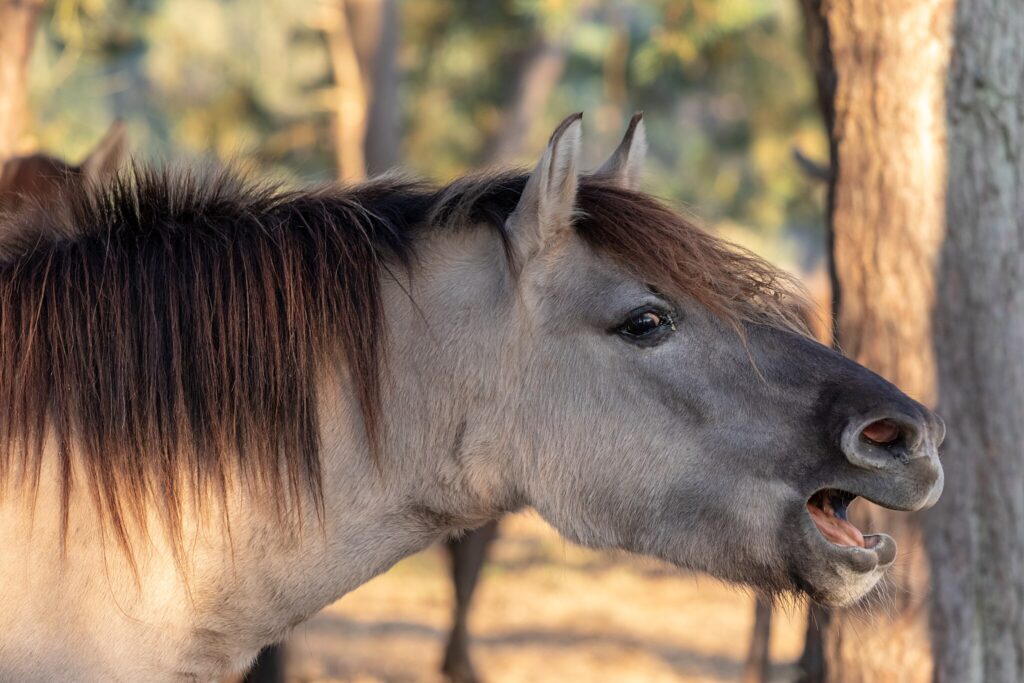
Identifying separation anxiety early allows for more effective intervention before behaviors become deeply entrenched. Common physical manifestations include excessive vocalization (persistent whinnying or calling out), pacing, sweating, trembling, and elevated heart and respiratory rates during separation events. Behavioral indicators often include pawing at the ground, weaving (swaying from side to side), cribbing, box-walking (continuous circling in the stall), or attempting to break through fences or stall doors to rejoin companions. Some horses may refuse to eat or drink while separated, potentially leading to weight loss or dehydration if the anxiety is severe and prolonged. More dangerous expressions of anxiety might include rearing, bolting when handled, or injuring themselves in attempts to escape confinement to reach their companions.
Gradual Desensitization Training
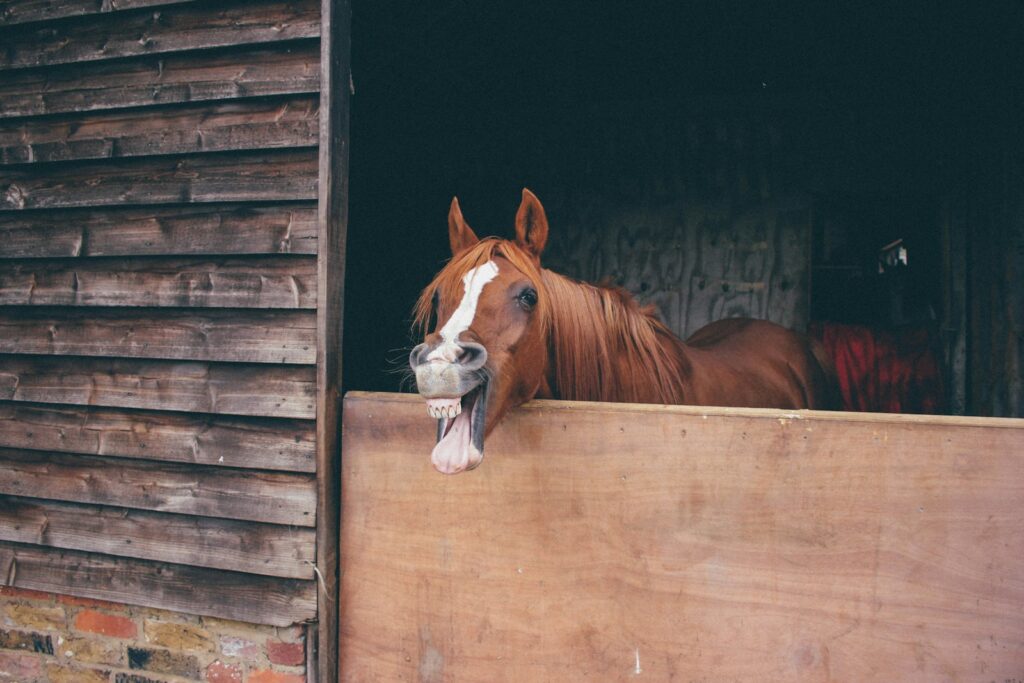
Desensitization represents one of the most effective approaches to addressing separation anxiety, though it requires patience and consistency. This process involves gradually increasing the duration and distance of separation in small, manageable increments that don’t trigger full anxiety responses. Begin by separating the anxious horse and its companion by just a few feet where they can still see each other, then gradually increase this distance over days or weeks as the horse becomes comfortable. Reward calm behavior with praise, treats, or other positive reinforcement to create positive associations with separation experiences. The timeframe for desensitization varies significantly between individuals—some horses may show improvement within days, while others might require months of consistent work before significant progress appears.
Creating Safe Alone Time
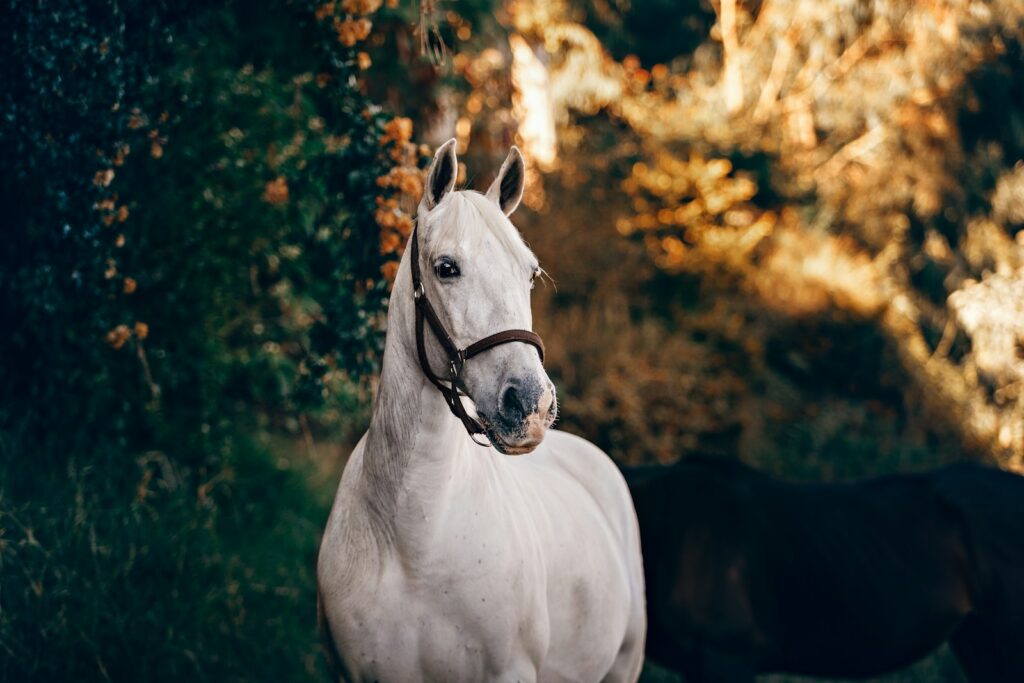
Establishing regular, brief periods where your horse spends time alone helps build confidence and independence. Start by creating separation routines in familiar, safe environments where the horse feels secure even without companions present. Provide enrichment activities during alone time, such as food puzzles, safe toys, or novel but non-threatening objects that redirect attention away from anxiety and toward exploration. Begin with very short separations—perhaps just a few minutes—gradually extending the duration as your horse demonstrates comfort with the arrangement. Consistency is crucial; daily short separations often prove more effective than occasional longer ones, as they help normalize the experience of being temporarily alone without triggering intense anxiety responses.
Establishing Multiple Bonds
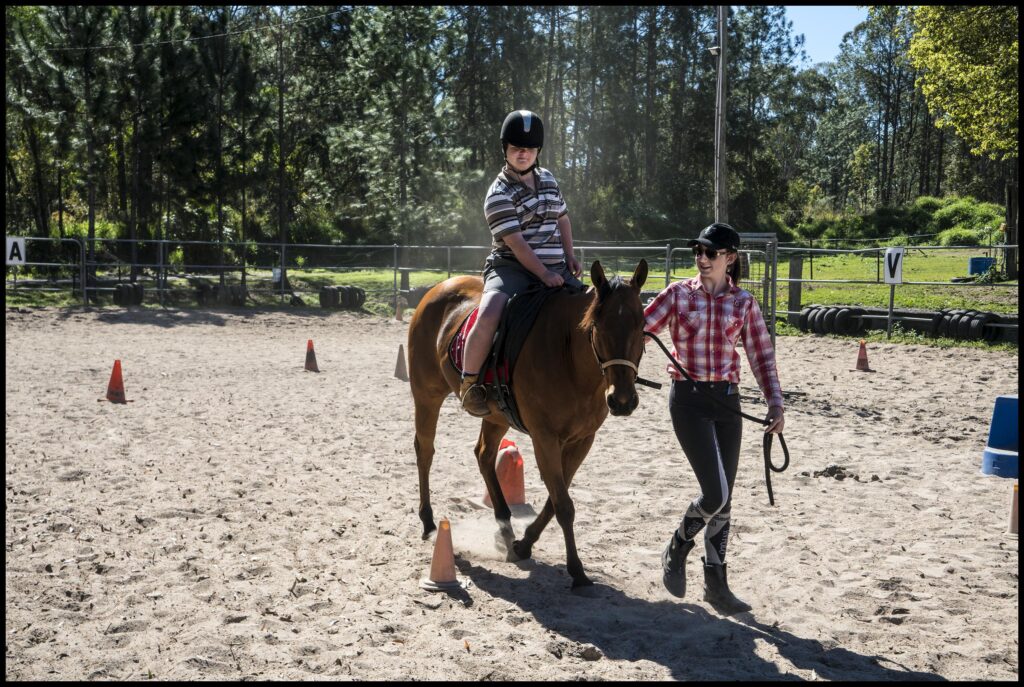
Horses with separation anxiety often become overly dependent on a single companion, creating vulnerability when that individual is unavailable. Encouraging your horse to form relationships with multiple horses and humans creates a more resilient social network that reduces dependency on any single relationship. Arrange supervised interaction opportunities with different compatible horses in safe settings, allowing natural socialization to occur without pressure. For horses that primarily bond with humans, ensure multiple trusted people handle and spend quality time with the horse regularly. When possible, rotate turnout companions periodically so your horse becomes accustomed to various equine relationships and social dynamics rather than forming an exclusive attachment to just one individual.
Environmental Management Strategies
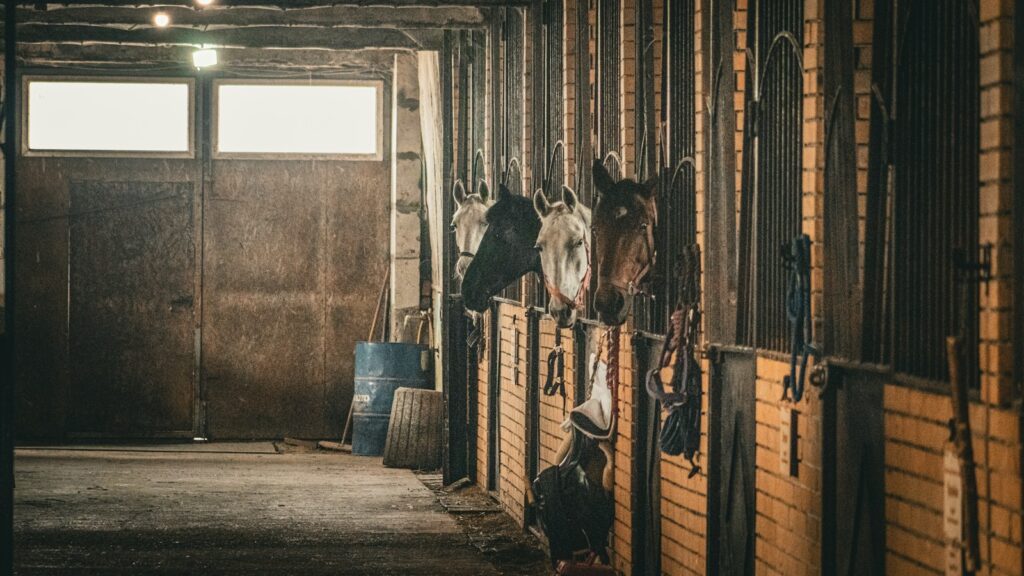
The physical environment plays a significant role in either exacerbating or alleviating separation anxiety in horses. Stabling arrangements that allow anxious horses to maintain visual contact with companions, even when physically separated, can significantly reduce stress during necessary alone times. Strategic placement of mirrors in stalls can provide the illusion of company for some horses, though effectiveness varies between individuals. Creating stall designs or turnout arrangements that permit safe nose-to-nose contact through barriers while maintaining necessary separation can serve as an intermediate step in anxiety management. Additionally, familiar scents can provide comfort, so occasionally exchanging bedding between the anxious horse and its companions, or using a companion’s scent on a cloth near the anxious horse, might provide temporary reassurance during separation events.
Exercise and Mental Stimulation
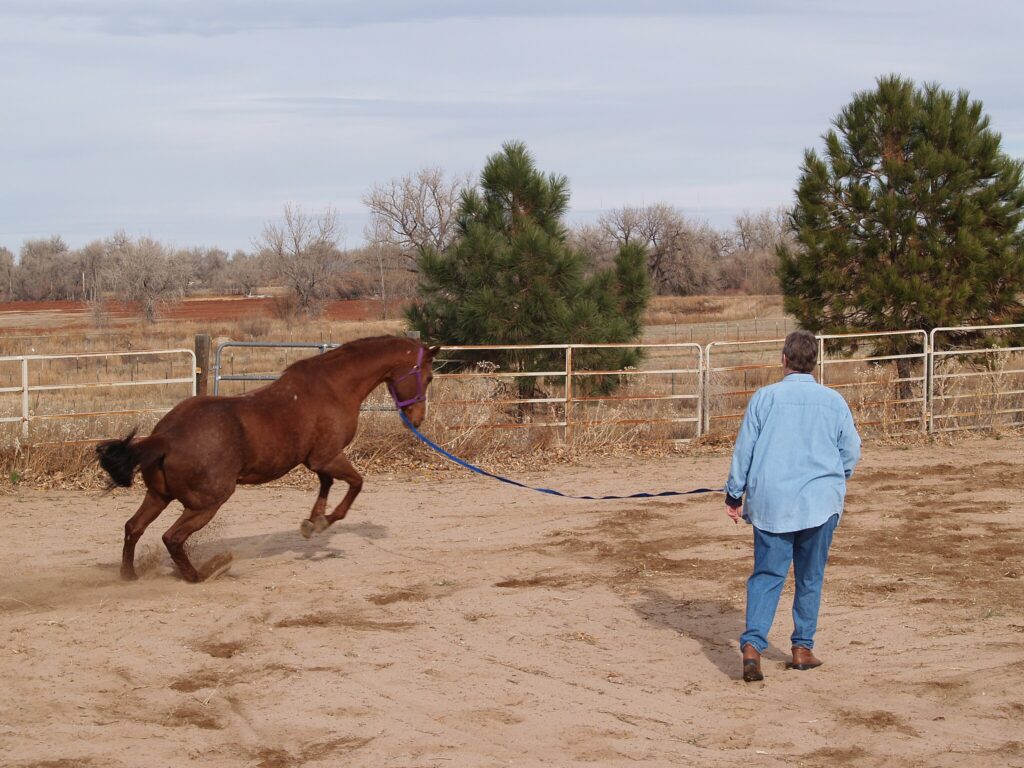
Physical and mental fatigue can significantly reduce a horse’s capacity to maintain high anxiety levels. Implementing a consistent exercise regimen that thoroughly works the horse before anticipated separation periods often results in a calmer response to being alone. Various forms of exercise—including riding, lunging, liberty work, or turnout in a large space—can effectively reduce nervous energy that might otherwise fuel anxiety behaviors. Mental stimulation through training sessions, obstacle courses, or novel but non-threatening experiences helps tire the mind as well as the body. Activities that require focus and problem-solving, particularly those involving food rewards, can redirect attention away from companions and toward engaging tasks that build confidence and independence.
Nutritional Considerations

Diet significantly impacts equine behavior and anxiety levels, with certain nutritional approaches potentially reducing separation anxiety symptoms. Reducing high-energy concentrates in favor of a forage-based diet aligns more closely with natural equine eating patterns and may moderate energy levels that could otherwise intensify anxiety behaviors. Some horses benefit from supplements containing magnesium, B-vitamins, or specific herbs traditionally used for calming effects, though these should only be used under veterinary guidance. Ensure consistent feeding schedules since irregular mealtimes can create additional stress that compounds separation anxiety. Extended foraging opportunities through slow-feeders or multiple small hay portions throughout the day keeps horses occupied while supporting digestive health, potentially reducing the mental space available for anxiety.
Professional Training Assistance
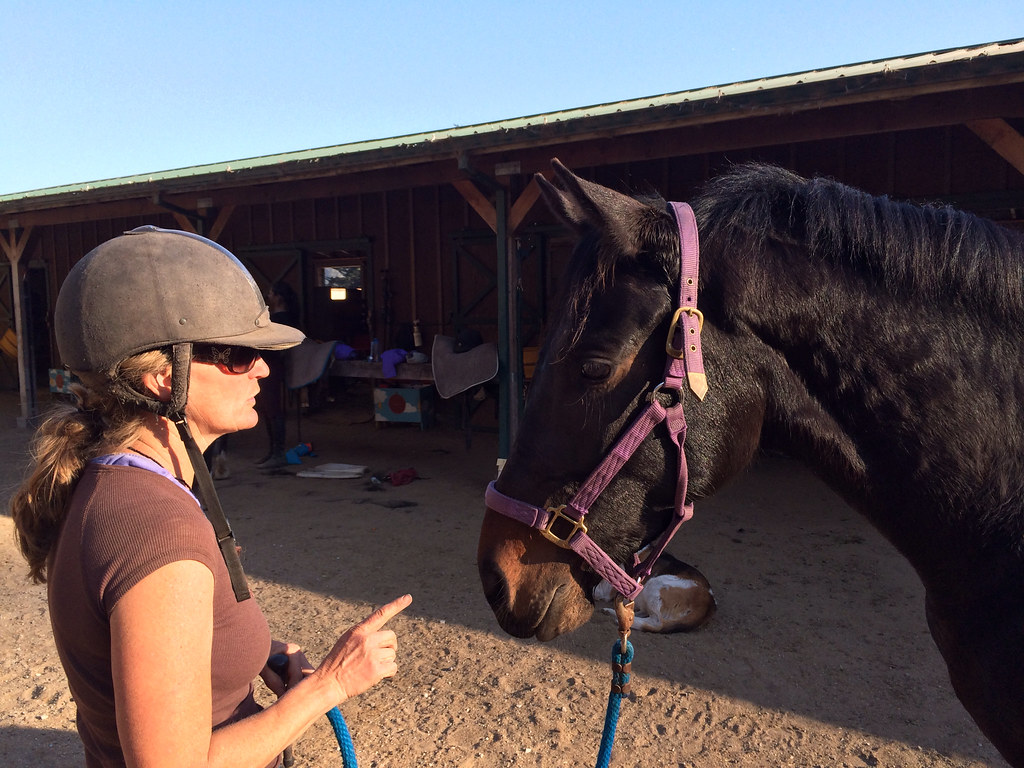
When separation anxiety proves severe or resistant to basic management approaches, professional help becomes invaluable. Experienced equine behaviorists bring specialized knowledge of learning theory and behavior modification techniques specifically tailored to separation anxiety cases. These professionals can design customized desensitization protocols based on your specific horse’s triggers and responses. Skilled trainers often notice subtle anxiety indicators that owners might miss, allowing for intervention before behaviors escalate to dangerous levels. Additionally, professionals can teach owners effective handling techniques and provide objective feedback on progress, preventing the common pattern of inadvertently reinforcing anxious behaviors through well-intentioned but counterproductive responses.
Veterinary Interventions
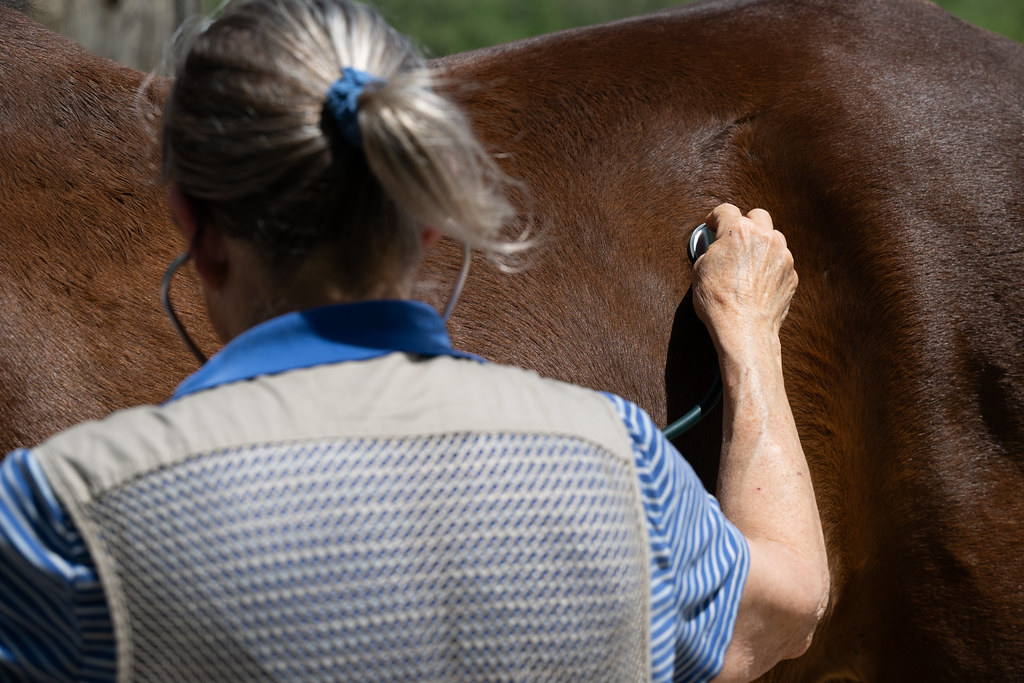
Veterinary consultation represents an important component of managing severe separation anxiety, particularly when behaviors pose safety risks or significantly impact quality of life. Medical evaluation can rule out underlying physical conditions that might contribute to or mimic anxiety symptoms, ensuring appropriate treatment approaches. In some cases, veterinarians may recommend short-term pharmacological interventions to reduce anxiety during essential training periods or particularly stressful transitions. Various medications including certain sedatives, selective serotonin reuptake inhibitors, or natural calming supplements might be prescribed depending on the individual case and severity. These medical approaches should generally be viewed as temporary supports to facilitate behavioral training rather than standalone long-term solutions for separation anxiety.
Alternative Therapies
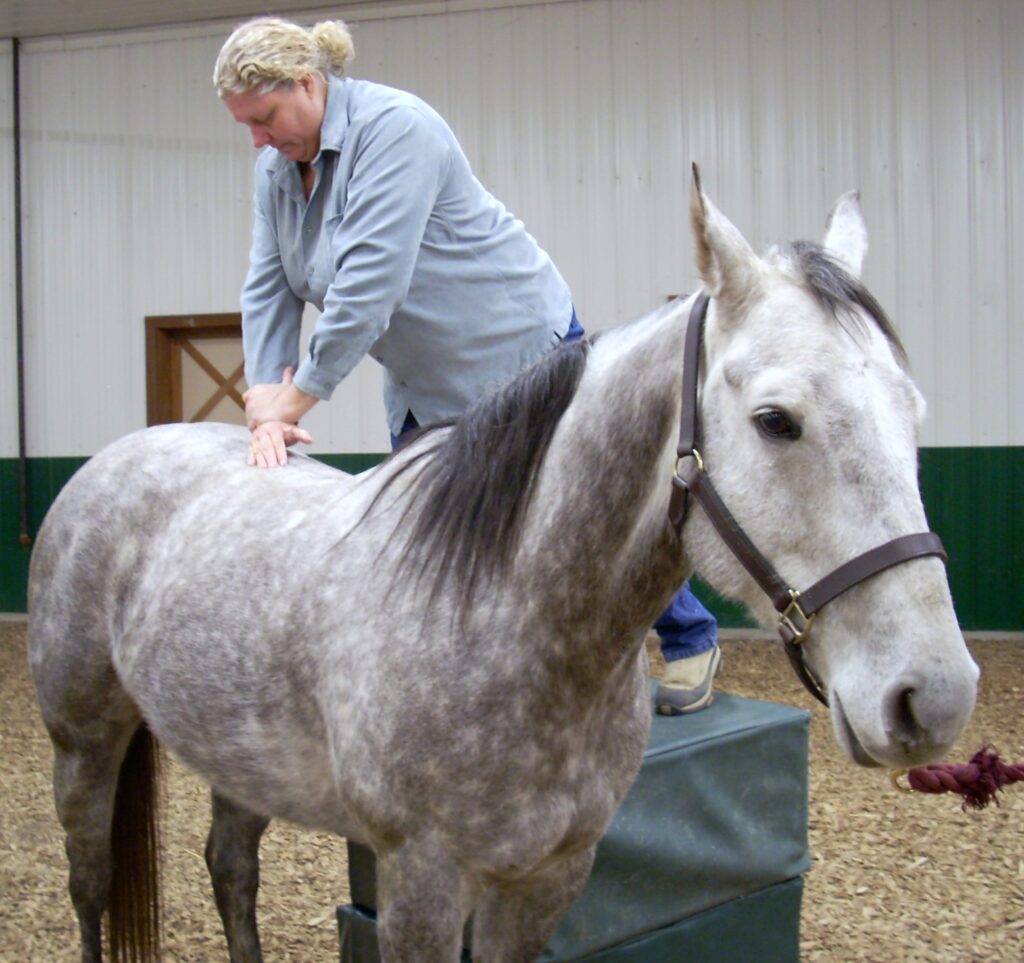
Numerous complementary approaches may benefit horses with separation anxiety when used alongside conventional training methods. Massage therapy, acupressure, or acupuncture performed by qualified practitioners can reduce physical tension associated with chronic anxiety states. Regular bodywork sessions may help horses release muscle patterns that develop in response to ongoing stress. Various aromatherapy essences including lavender or chamomile demonstrate calming effects in some equines when used appropriately and safely. Many owners report positive results from products like Adaptil or equine appeasing pheromones that mimic natural calming chemicals, though scientific evidence remains limited. Sound therapy utilizing specific music frequencies or rhythms designed for equine relaxation provides another non-invasive option that some horses respond to favorably during separation events.
Maintaining Consistency Across Handlers
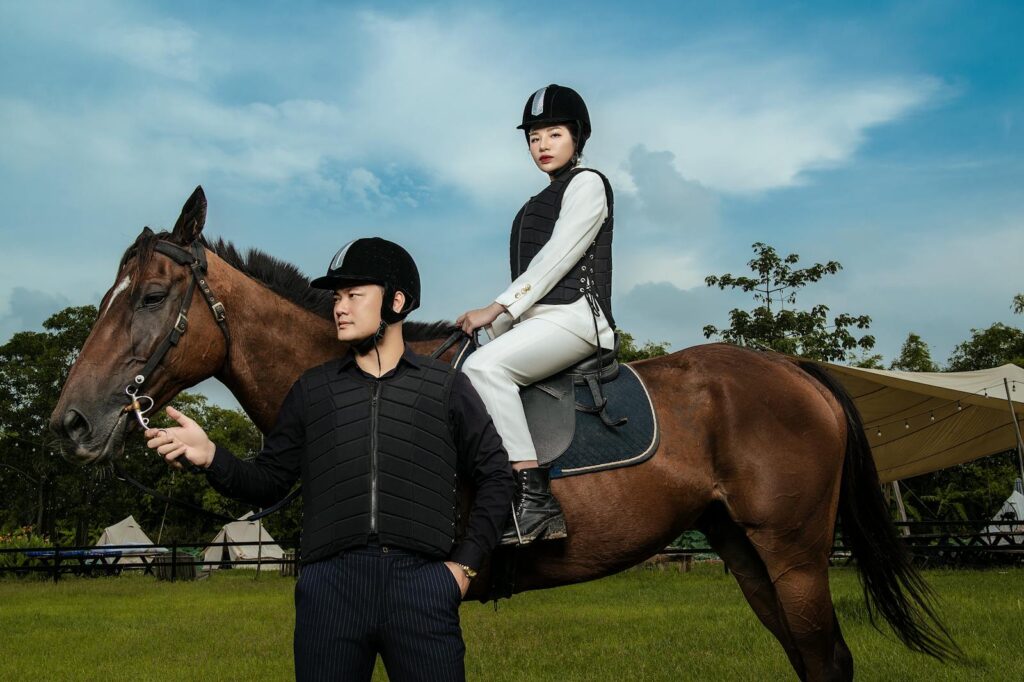
Inconsistent handling creates confusion that can exacerbate anxiety in horses already struggling with separation issues. Establish clear protocols for how all handlers should respond to anxiety behaviors, ensuring everyone interacts with the anxious horse in similar, predictable ways. Document specific training approaches and progress so temporary caretakers can maintain established routines during owner absences. Regular communication between all individuals involved with the horse prevents the common scenario where conflicting approaches undermine training progress. This consistency extends to emotional responses as well—handlers should maintain calm, confident demeanors around anxious horses, as equines readily sense and often mirror human emotional states, potentially escalating their own anxiety when handlers appear nervous or frustrated.
Setting Realistic Expectations
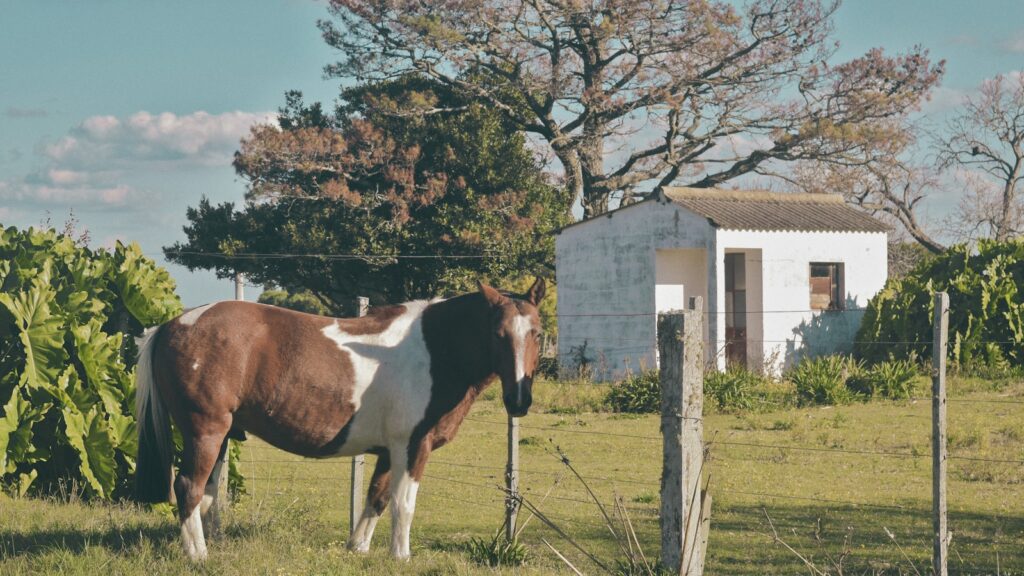
Recovery from separation anxiety follows individual timelines that vary widely between horses based on temperament, history, and support quality. Understanding that progress typically occurs non-linearly, with improvements followed by occasional setbacks, helps maintain motivation during challenging periods. Recognize that some horses, particularly those with traumatic histories or strong genetic predispositions toward anxiety, may never completely overcome separation concerns, though most can achieve significant improvement with appropriate management. Document small victories to maintain perspective during plateaus or temporary regressions in training progress. For horses with severe, treatment-resistant separation anxiety, successful management might involve adapting environments and routines to accommodate their needs rather than expecting complete resolution of all anxiety behaviors.
Conclusion: Building Confidence Through Patience

Successfully addressing separation anxiety requires recognizing it as a genuine emotional challenge rather than simple misbehavior. The journey toward helping an anxious horse develop healthy independence demands patience, consistency, and compassionate understanding of equine social needs. By combining thoughtful management practices with strategic training approaches, most horses can achieve significant improvement in their ability to handle necessary separations. Remember that small, incremental progress compounds over time into meaningful behavioral changes. The time invested in addressing separation anxiety not only improves daily management practicalities but also significantly enhances your horse’s emotional well-being and quality of life, ultimately strengthening the bond between horse and handler through mutual trust and understanding.

